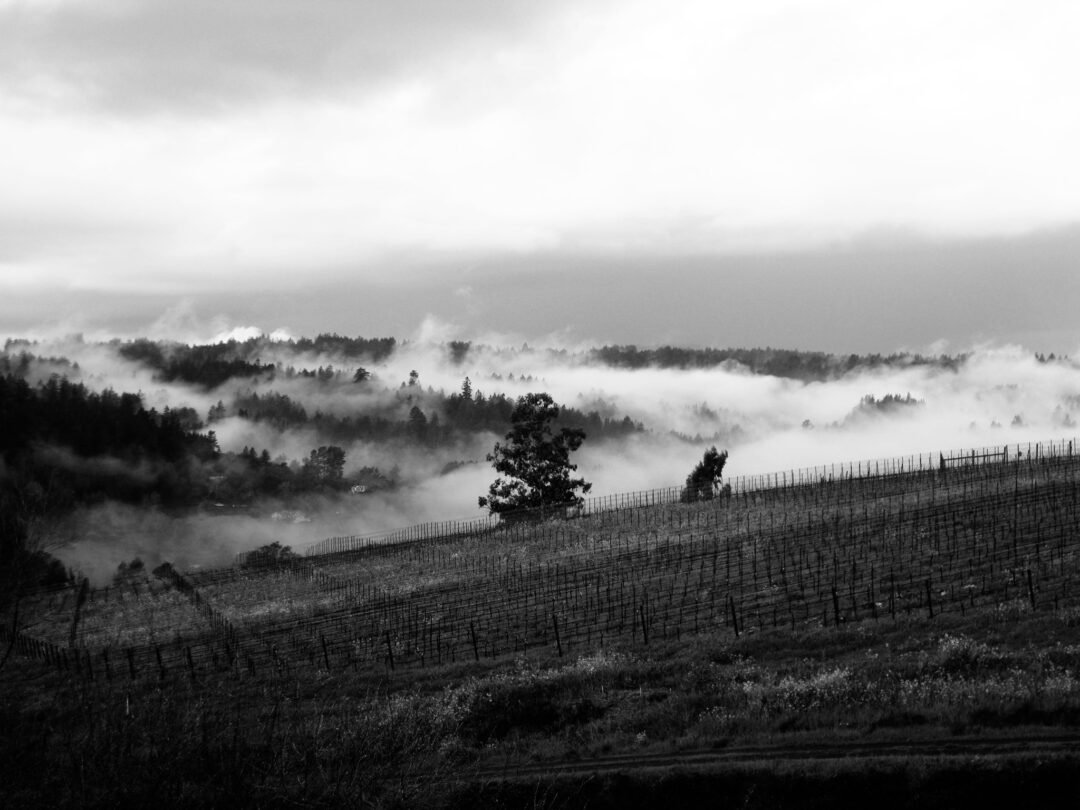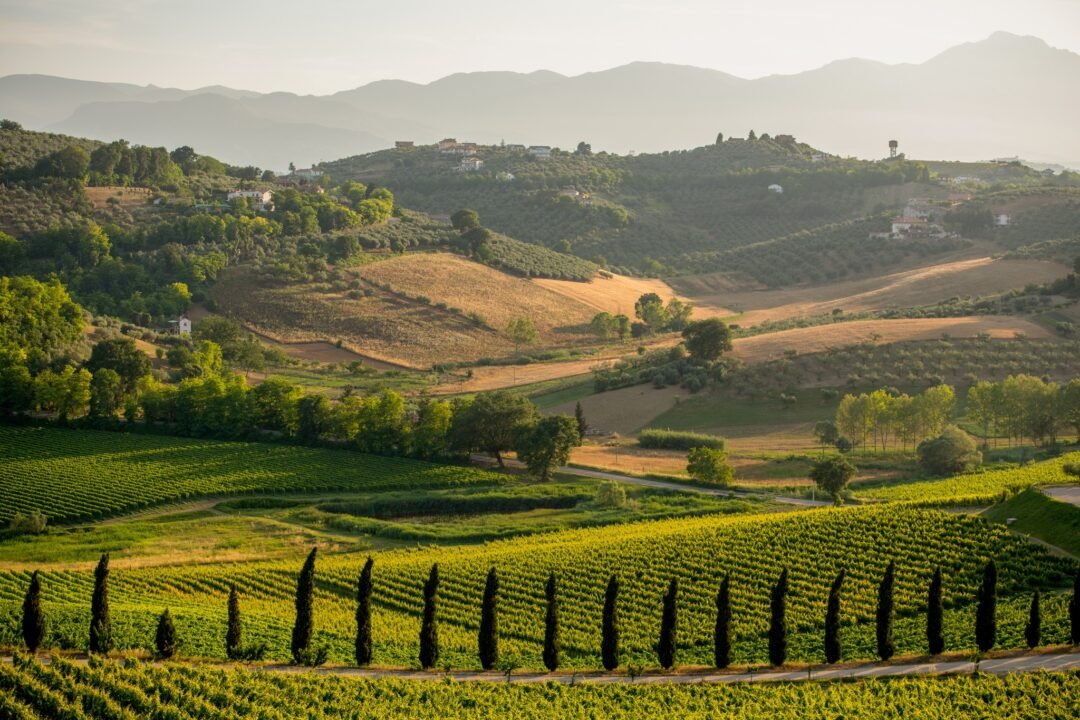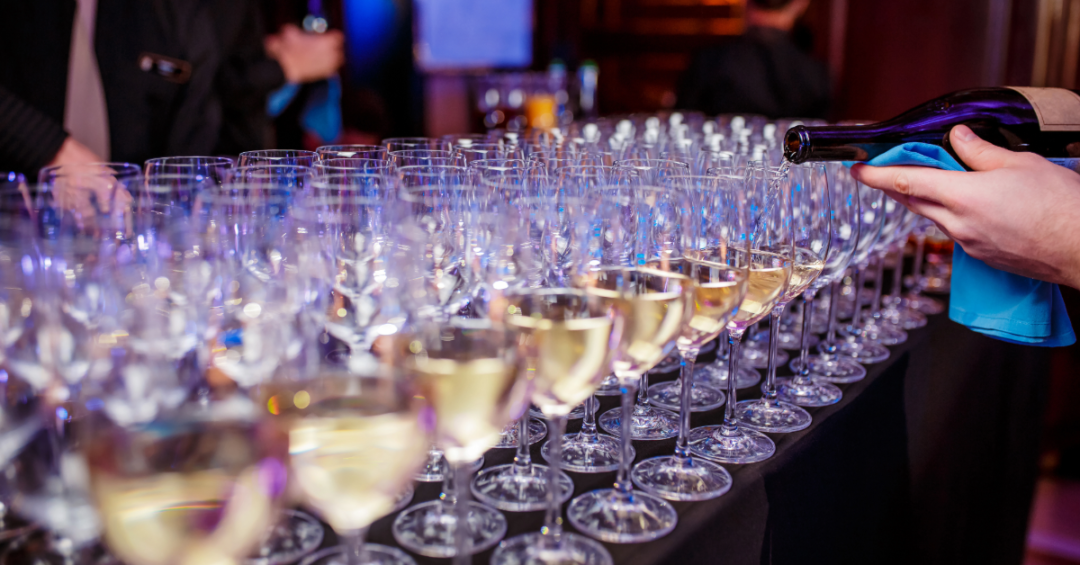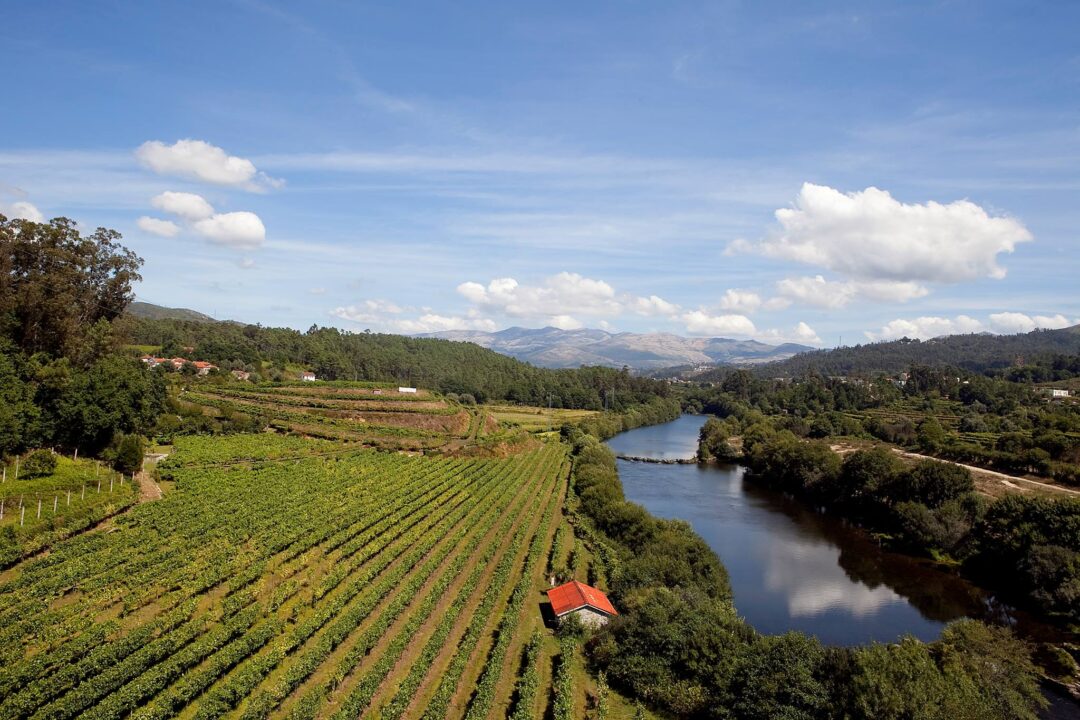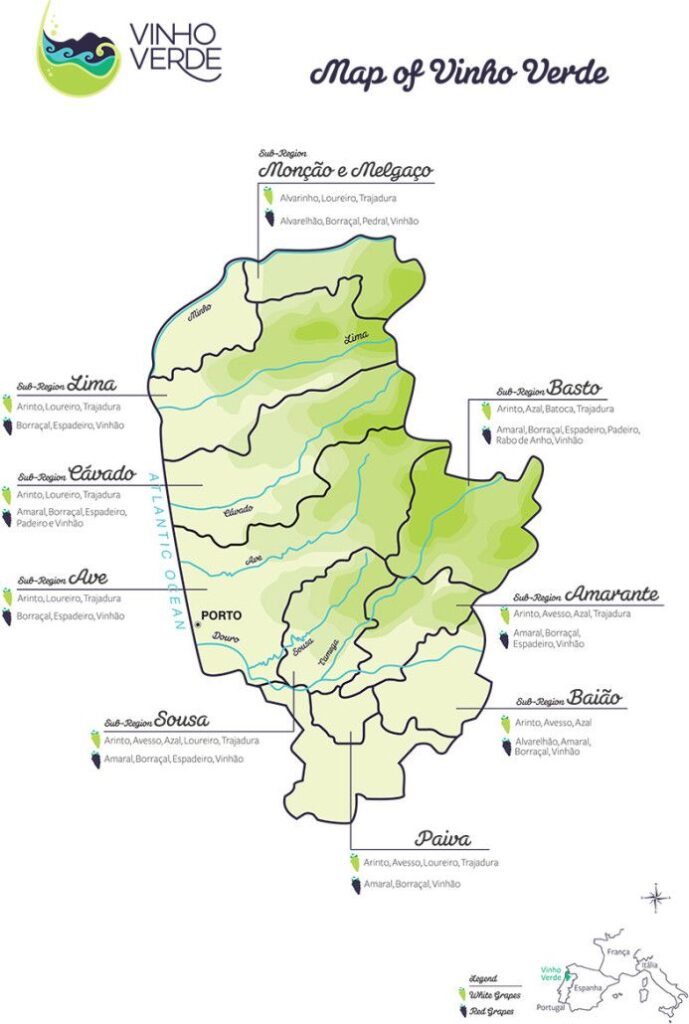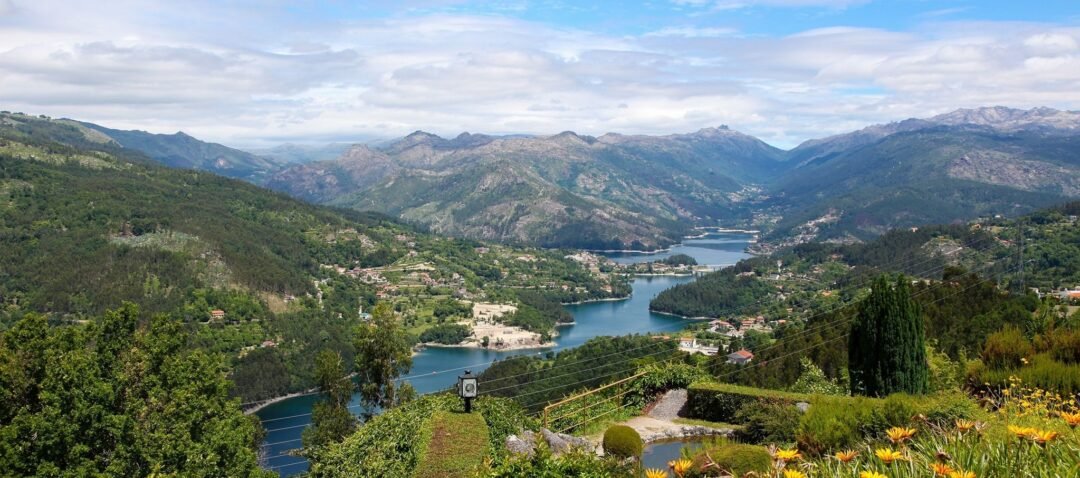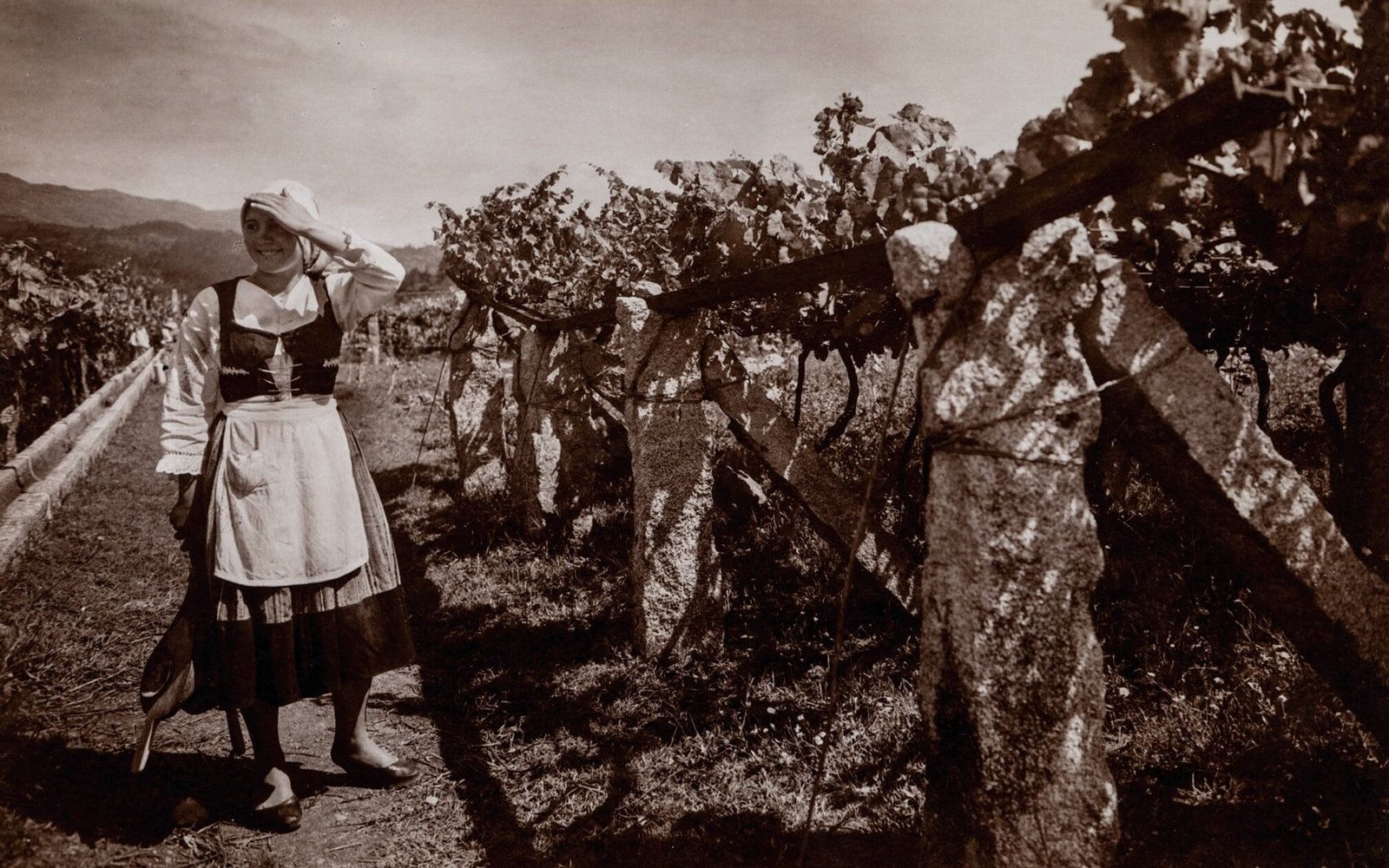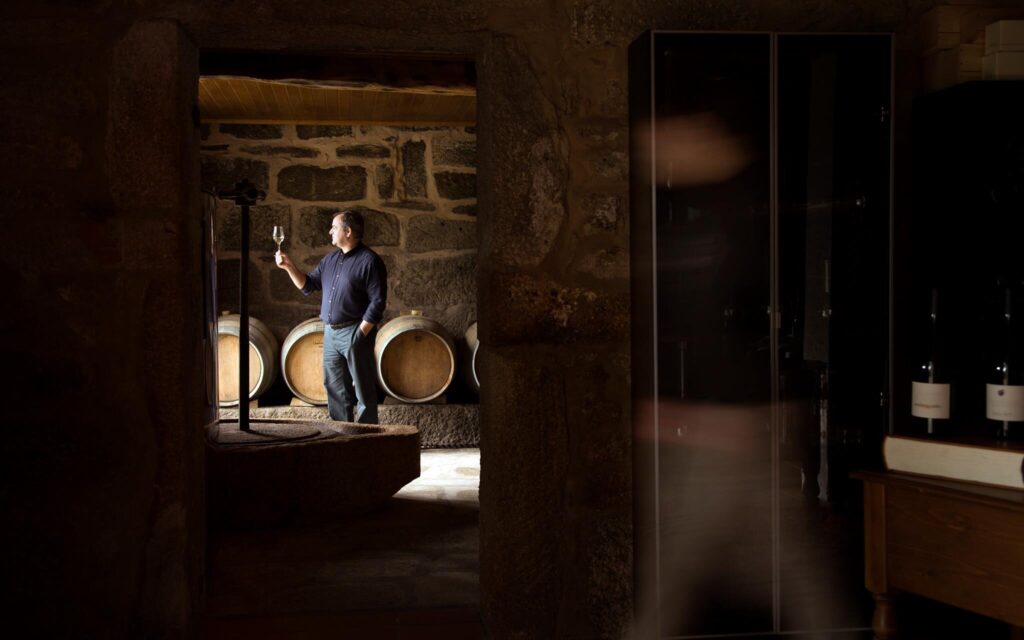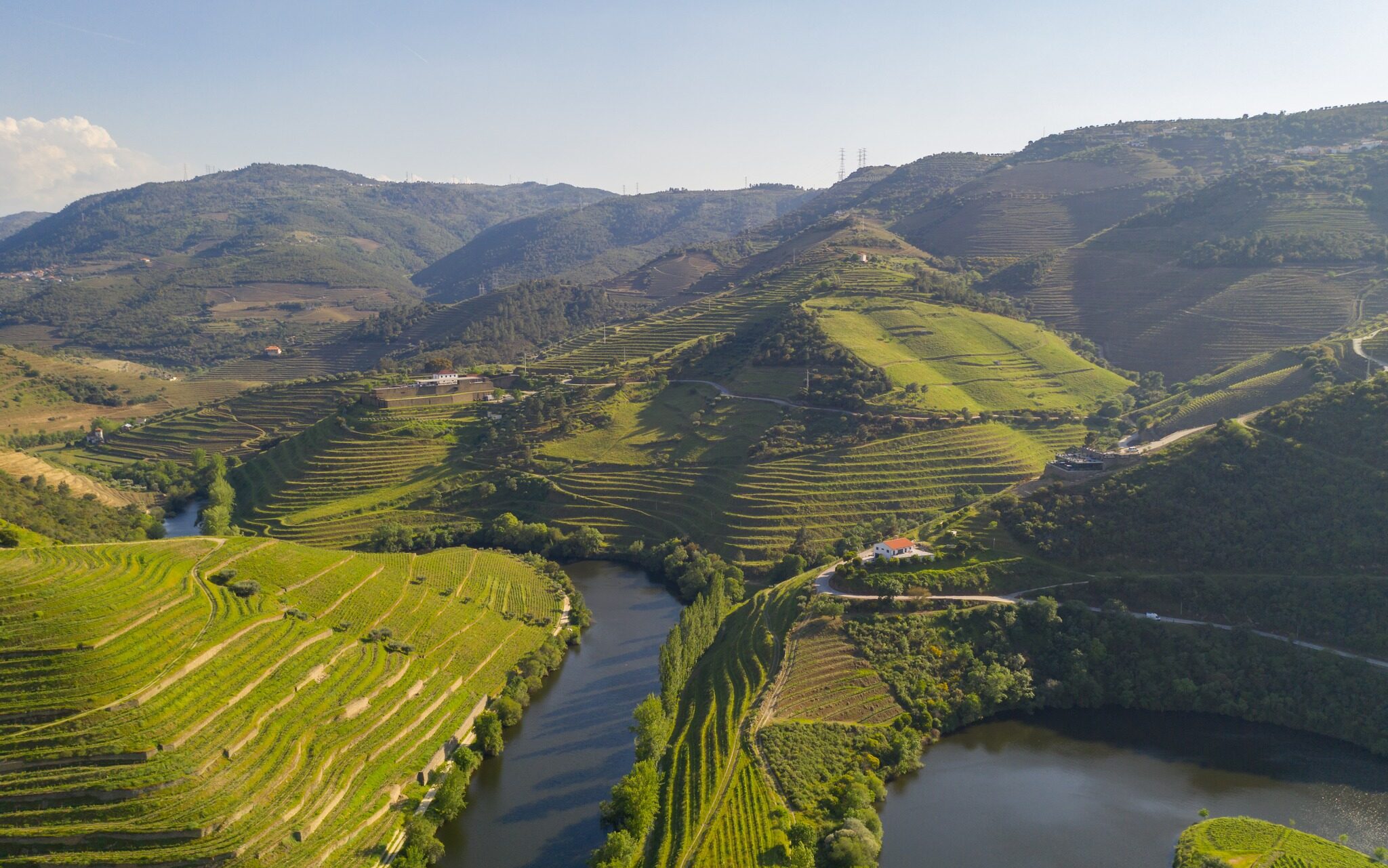Go big or go home. This is the “America” portrayed in our media. Risk-takers, visionaries, scrappy dreamers building empires, unabashed displays of prosperity. Big houses, big cars, big companies, big wines… Does the stereotype still hold true for California wine in 2024?
Yes and no.
Much has changed stylistically over the past twenty years. The ultra-ripe, extracted, oaky wines that defined premium California in the late 1990s and early 2000s still exist. However, an increasingly large contingent of California’s best producers are striving for fresher, more balanced wines.
California wine still has a big personality, but this largesse is channelled more into its numerous sustainability and climate smart initiatives, its proliferation of new cool climate appellations, and growing diversity of wine grapes.
Large Scale Sustainable Solutions
Sustainability certifications abound in California. Certified California Sustainable, Lodi Rules, Napa Green, Sustainability in Practice, Fish Friendly Farming, USDA Organic, Demeter, Regenerative Organic Certified, the list goes on and on.
This proliferation of organizations may seem overwhelming, but it has its merits. Each one is dedicated to the specific needs of a growing area or the specific tenets of an agricultural system. Overall, it shows that California’s wine producers aren’t content with simply farming more sustainably. They are holding themselves accountable; allowing their practices to be measured, analyzed, and regularly audited.
Today, over 60% of California’s vineyard acreage is certified sustainable and over 80% of its wines are produced in sustainably certified wineries. The region’s main sustainability manual, the California Code of Sustainable Winegrowing is the only best practices guide of its kind to achieve gold standard equivalency to the Sustainable Agriculture Initiative Farm Sustainability Assessment.
This is not to say that California’s efforts are more impressive than those of other sustainable wine champions like New Zealand or Chile. However, it is worth considering the sheer scale of their production. According to the California Wine Institute, the state has just under 250 000 hectares under vine. This is more than New Zealand’s and Chile’s vineyard acreage combined.
When we see articles about sustainable, organic, regeneratively farmed, or biodynamic wineries around the world, they tend to focus on the romantic ideal of small estates. In California, sustainability stories champion the efforts of the little and the large – from the massive solar power investments of winery giants like Treasury Americas to Monarch’s MK-V electric tractors tested at Wente Vineyards to Jackson Family’s achievements in waste water reduction.

The Rise of Cool Sub-Appellations
California hugs the Pacific Ocean coastline, spanning 1,300km in length. The California current, brings frigid waters southward from British Columbia to Baja. The ocean temperature off the California coast rarely exceeds 18˚C, even in the heat of summer.
As warm air rises in the hot interior Central Valley, a vacuum is created, which pulls in cooler coastal breezes. This causes thick banks of fog to form, settling over coastal areas and sneaking through mountain gaps to penetrate certain inland areas overnight. These cooler nights, coupled with hot, dry days, are the key to California’s fresh, ripe wine styles.
Increasingly, grape growers are working to isolate the coolest growing areas, separating them from larger appellations with hugely variable climate conditions. In 2022, the West Sonoma Coast AVA was born, delineating the steepest, most directly coastal vineyards of the vast Sonoma Coast. That same year, the San Luis Obispo Coast AVA emerged, hugging the coastline for 15km from Monterey to Santa Barbara.
In the warm Napa Valley, many of the coolest vineyard sites are to be found higher in altitude. The famed region will soon see its first new sub-AVA in over ten years. Crystal Springs borders Howell Mountain, with shallow, rocky soils and vineyards perched up to 400 metres above sea level.
Growing Beyond Big Cab
Cabernet Sauvignon and Chardonnay remain the undisputed stars of California’s vineyards. Along with Pinot Noir, this powerhouse trio accounts for over 50% of the state’s plantings. In fact, 90% of California’s acreage is dedicated to just nine grapes.
That being said, the number of different grapes grown and interest for these small-scale plantings is rising rapidly. Ten years ago, movements like the Seven Percent Solution were established to champion the 7% of wines from outside the big eight that made up 93% of plantings. Today, the number of “other grapes” has risen to 10% and is comprised of over 90 different varieties.
The up-and-coming small producers that emerged in the early 2010s, championing new varieties, lesser-known terroirs, and minimal intervention winemaking, have definitely moved the needle and mentored a new generation to carry their work forward.
The reaction of sommeliers and wine lovers alike to the wines of those “modern California” pioneers like Steve Matthiasson, Pax Mahle, or Arnot-Roberts galvanized the industry, much in the same way the region’s climate imperative spurred a powerful action plan for sustainability.
California wines have never been better. The watchword of winemakers, big and small, is freshness. The term may not mean the same thing to all wineries, or be interpreted the same way in all appellations, but the impetus is there. Now, we just need to get more of these lighter, brighter wine styles across the border.
This “California Wine in 2024” article was originally published on Good Food Revolution. If you enjoy reading about artisinal food, wine, and spirits, check out this excellent online publication.

